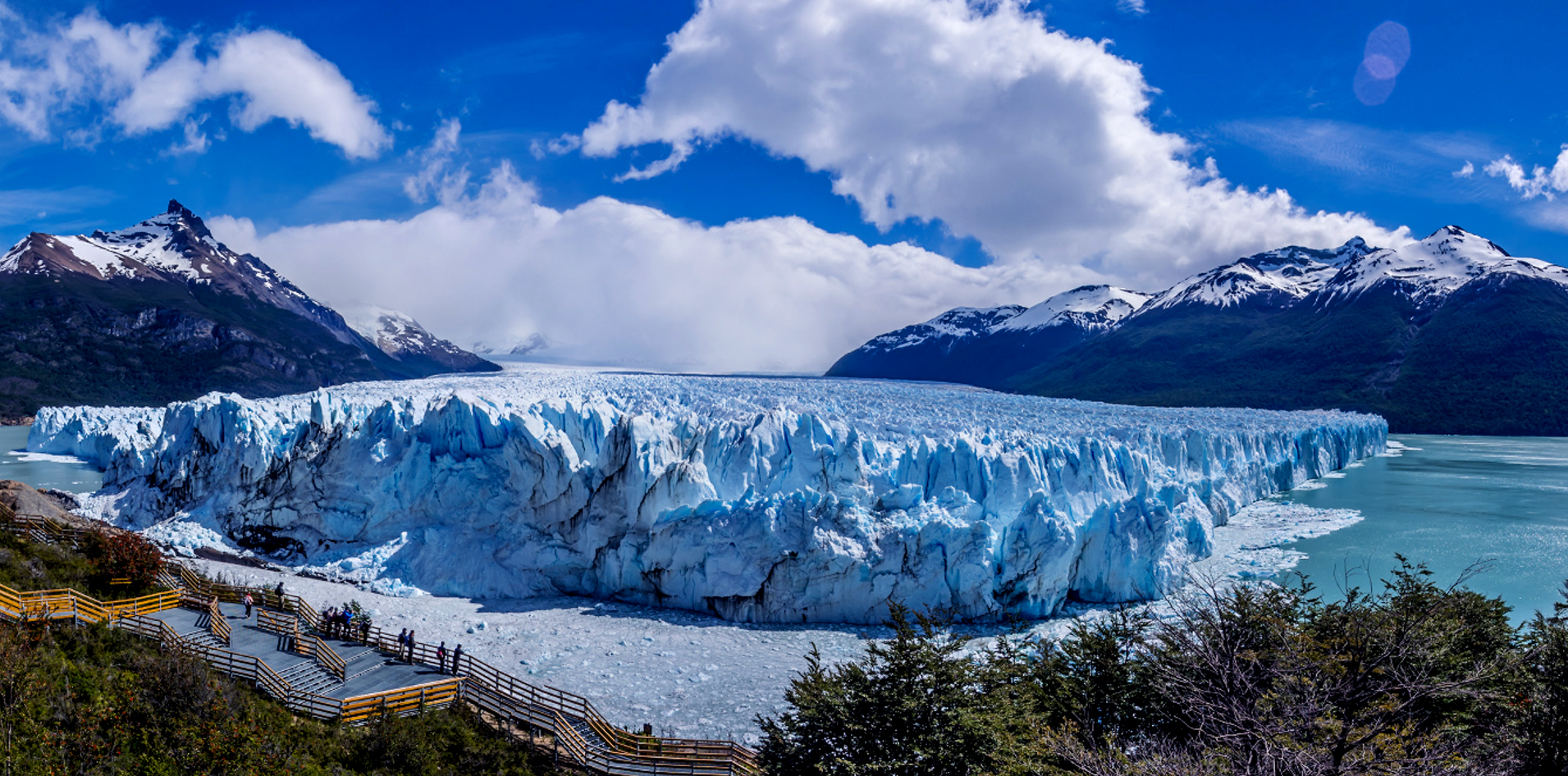Esta entrada también está disponible en: Spanish
Without our glaciers, the winter snow would melt with the arrival of spring, which would affect our hydrological basins, born in the Andes.
This is why the Argentine people decided by law, that glaciers constitute strategic reserves for the population. It is not true that Argentina’s Glaciar Law is impossible to comply with, as many actors in the mining and political sector are suggesting. The Glacier Protection Law incorporates basic administrative tools such as the National Glacier Inventory and clearly describes the activities that can and cannot be carried out in glacier and periglacial environments. The law protects glaciers and the periglacial environment. And what is the Periglacial Environment? It is not frost, as some have suggested recently in media. It is frozen ground saturated in ice that is of vital importance to the water supply.
The inclusion of the Periglacial Environment into the Glacier Law was a recommendation expressly made by Argentina’s Glacier Institute (the IANIGLA), which brings together some of the most important experts of Argentina on glacier resources.
The Periglacial Environment is essential to redistribute humidity in high mountain environments, and to regulate the flow of water to basins below. This “regulation” effect of the Periglacial Environment is the principal reason that Argentina’s Glaciar Law protects it. The economies of the various provinces along the Andes, unrelated to mining, depend on the Periglacial Environment for their survival.
Who benefits by modifying the Glacier Protection Law? Large-scale mining companies.
In 2005, the Center for Human Rights and Environment, published a report on large-scale mining in Argentina. We emphasized the importance of modifying a legal framework which was effectively legalizing pillage, and in which local community opinions had little value. We denounced the excessive tax exemptions given to mining companies.
In 2006, when I assumed the office of Secretary of Environment, 80 persons from San Juan traveled to Buenos Aires to ask for our intervention because mining projects were dynamiting glaciers to extract gold. It was for this reason that we worked to get the Glaciar Protection Law passed, to directly intervene in mining operations that were affecting glaciers and periglacial environments.
This law not only protects our ice resources of high mountain environments, and identifies them for their continued monitoring through the National Glacier Inventory, but it also places the responsibility of control on the Environment Secretariat (now Ministry). This is a specific tool we introduced to help stop the excessive and uncontrolled impacts that were occurring in sensitive mountain ecosystems by mining operations.
What benefits has large-scale mining brought to Argentina?
It is not a secret that behind proposed modification of the Glacier Law, are mining interests that disguise their greed with a false discourse of development. Poverty levels have increased near mining projects like Veladero and La Alumbrera, which for over ten years have been extracting gold from San Juan and Catamarca Provinces, respectively.
Satellite imagery shows that mining is not only taking place in protected glacier zones, but that glaciers and periglacial environment is being impacted with irreversible damage due to the advancement of mining. In the zone of influence by Barrick Gold’s Veladero and Pascua Lama projects, there are more than 400 glaciers and other perennial high mountain ecosystem ice reserves.
They told us that they would carry out “responsible mining”, but the large companies are evading controls and refusing to provide information about their operations.
They told us that mining was safe and that there were no dangers posed to the environment or to people, but the Jachal River is now contaminated (due to Veladero) and communities downstream from the mining project have to buy bottled water because the water from their tap is not safe to drink.
We are no longer asking for the truth, we are asking for compliance with the Glacier Protection Law, with no modifications.
For more information: rpicolotti@gmail.com

